Your retaining walls, in the true sense, tends to be your real savior for a lot of things. From eradicating soil erosion to turning steep slopes into terraced backdrops, retaining walls proves to be a worthy and very effective choice. Especially for the people living in hilly regions.
So, if you are looking for effective retaining wall ideas then probably you ended up at the correct spot. Today in the article, we will be discussing and concluding on various aspects of Retaining walls. From defining them to understanding their benefits, there is a lot more to add to the discussion today.
And of course, the Do’s and Don’ts will be briefly studied to avoid the sudden collapsing of retaining walls. So, without delaying it any further, let us shoot the topic and check what we have in store to discover today.
So, continue to scroll down.
Do’s of Retaining Walls
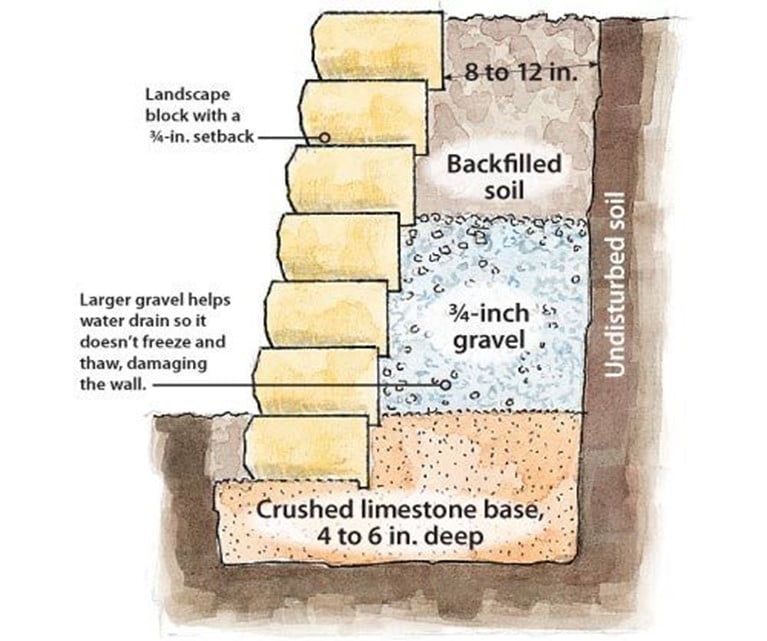
Retaining walls are of great help. So utmost care should be taken while building it. There are certain do’s and don’ts that one needs to follow if one intends to build an effective one. In this section of the article, we are essentially going to focus on the Dos of building Retaining Walls. So, let us get started.
Do Check for Guidelines or Permission
Before beginning to build your retaining walls, one needs to ensure to ask for valid permissions from the area authorities, or else if there are certain community guidelines, then one needs to follow them responsibly. Only after adhering to guidelines and permissions should one begin building retaining walls.
Do Ensure to Plan Before Execution

Planning is the most effective and crucial part of beginning anything. So even while you are about to get your retaining walls installed, do ensure to plan for the execution priorly. This will allow you to create the wall more effectively and keep you at bay and well prepared pre hand for any mishap or mess created during the building of the retaining walls. Hence, planning your execution is the essential part to follow.
Do Choose A Material That You Are Comfortable at Working with And Is Beneficial
Retaining walls can be made using various materials like natural stones, bricks, timber, and many others. So, choose the material that allows you to carry your building effectively and efficiently.
Start with A Good Foundation
For a stable and effective retaining wall, you need to focus on the foundation very importantly you build. A weak foundation can often lead to sudden collapsing of the wall and ruin all your effort. So always ensure to use a strong foundation to build your retaining wall.
Levelling the Surface
Special attention should be given to the fact of leveling the surface after every laid block. This will help you create an even and effective retaining wall.
Make Drainage Provisions
Poor drainage allocation can lead to ruining of your retaining wall. So, ensure to have allocated your drainage outlet to protect your retaining wall.
Don’ts of Retaining Walls
Avoid Using Power Wash or Chemical Deicing Salts on Your Walls
Doing this will weaken the hold of the wall and may lead to sudden collapsing. Henceforth to avoid such mishap in the future be very particular with the stuff you use.
Avoid Building Near Invasive Trees or Plant Root Systems
Building retaining walls near invasive trees or plant root systems can affect the stability or the structure of the retaining walls. So, avoid doing that.
What are Retaining Walls?

So, before we dive in detail to find the Do’s and Don’ts of retaining walls. Let us first understand what exactly retaining walls mean. That will ease our complexity in understanding the Do’s and Don’ts.
A wall that holds or retains the soil behind it and forms a firm structure giving a stronghold, is said to be a Retaining Wall. One can use various types of materials like concrete blocks, poured concrete, treated timber rocks, boulders, and many more to create the wall. Retaining walls work great in preventing soil erosion, focal points in landscapes, turning steep slopes into terraced backdrops, and many more.
Types of Retaining Walls
- Gravity Retaining Wall
- Cantilevered Retaining Wall
- Sheet Piling Retaining Wall
- Anchored Retaining Wall
- Crib Retaining Wall
- Gabion Retaining Wall
- Counter – fort / Buttressed Retaining Wall
- Piled Retaining Wall
There are various more, but these are some general basic ones.
Benefits of Retaining Walls
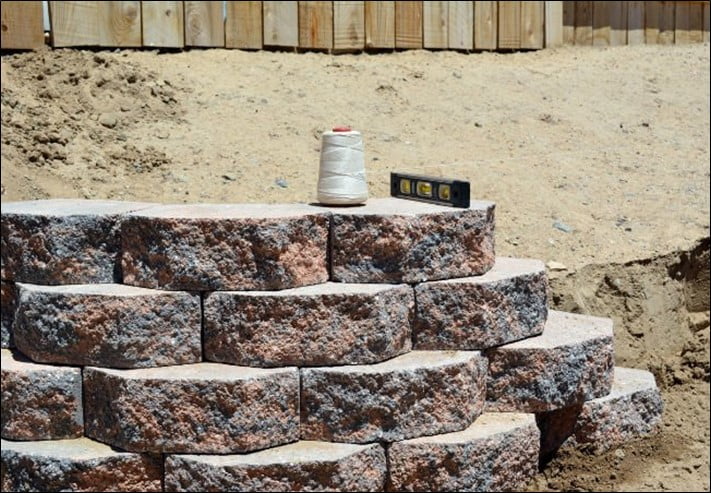
Retaining walls prove to be of great help in managing the soil and the landscape. Not only it beautifies your garden area or surrounding, but it also works as a savior for people living in hilly regions. Some of its major benefits are discussed below: –
- Provides structural support.
- Prevents soil erosion.
- Gives extra functional space.
- Simple to design
- Decorative addition
Conclusion
Retaining walls are not just limited to visually pleasing. They hold a powerful impact on maintaining the quality of the soil and the landscape. The above-discussed points are enough proof to define its importance.
But while building your retaining wall above given points of Do’s and Don’ts should compulsorily be followed. This will help you build an effective retaining wall.
We hope that this article proves to help give you crucial insights on Retaining walls. But if in case you still have any questions about the subject, please feel free to voice them in the comment section below. We will get back to you providing the best available knowledge we have.
Happy Reading!

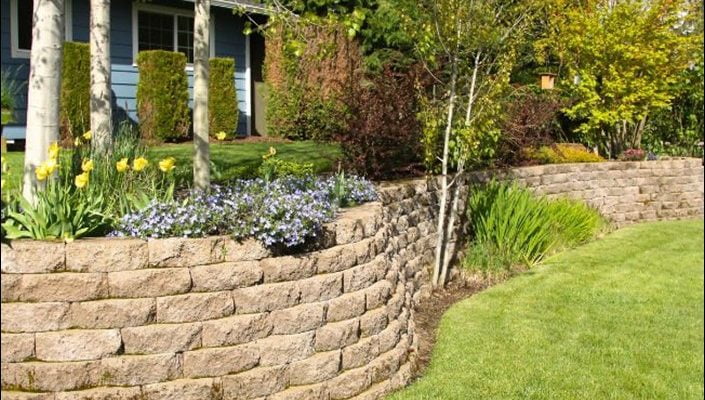





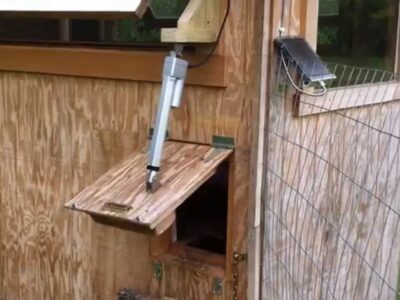
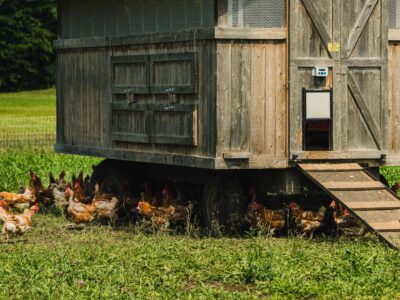

Comments